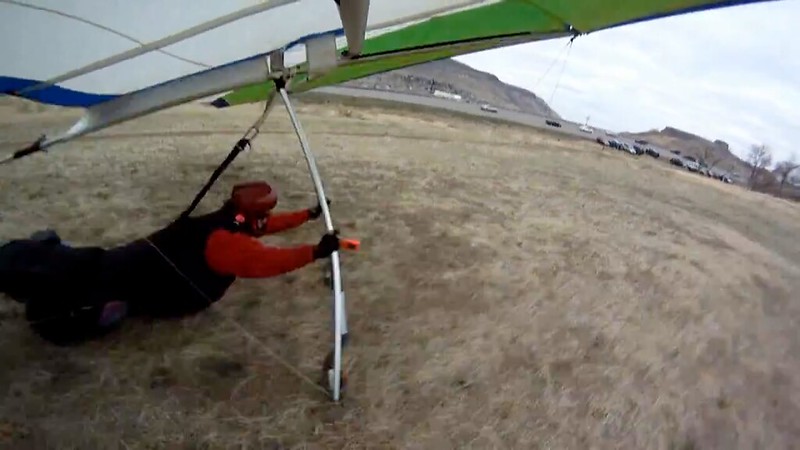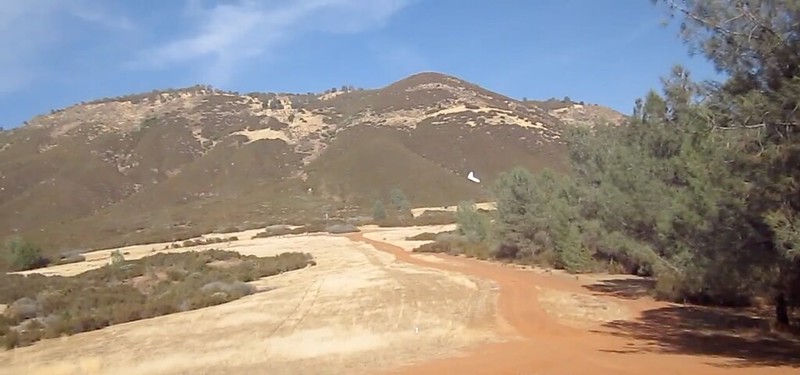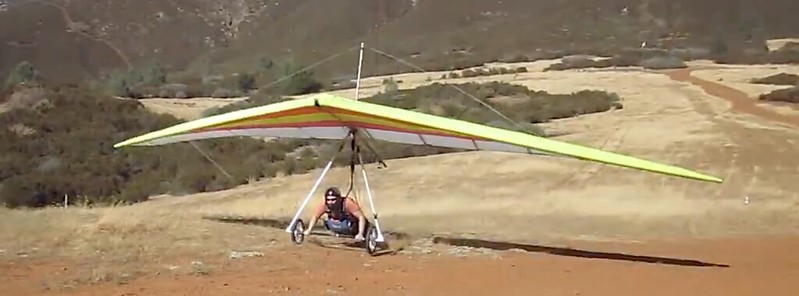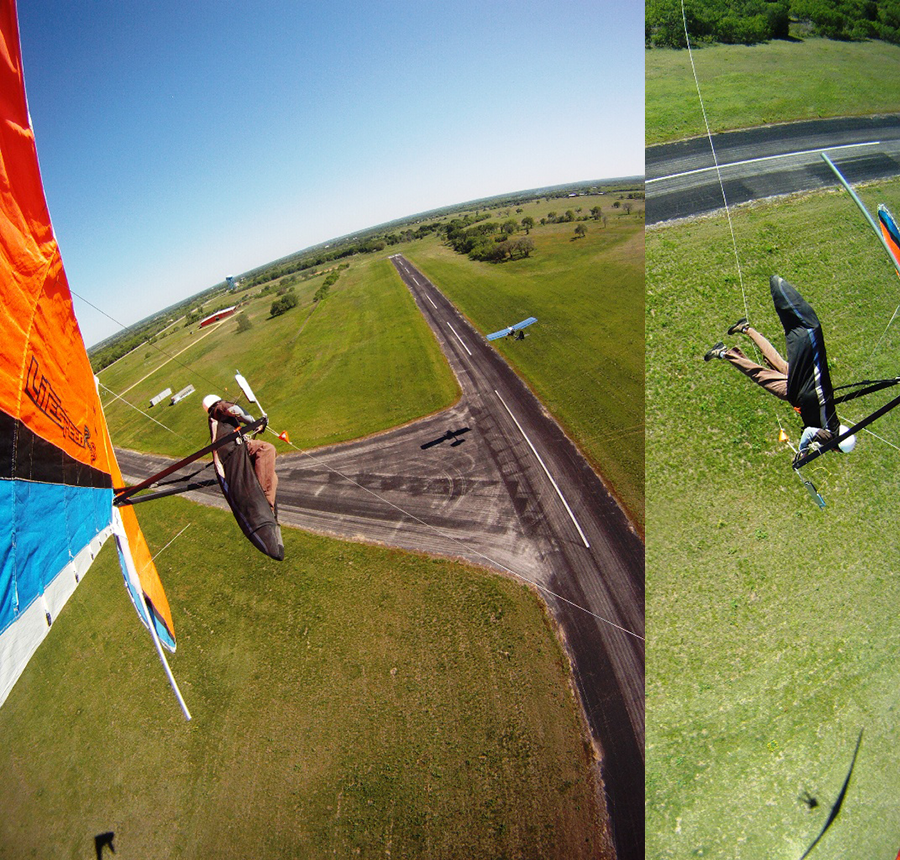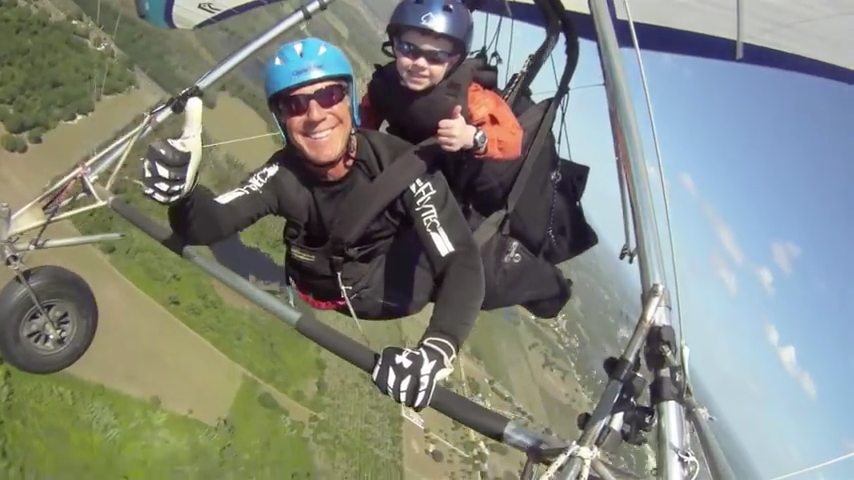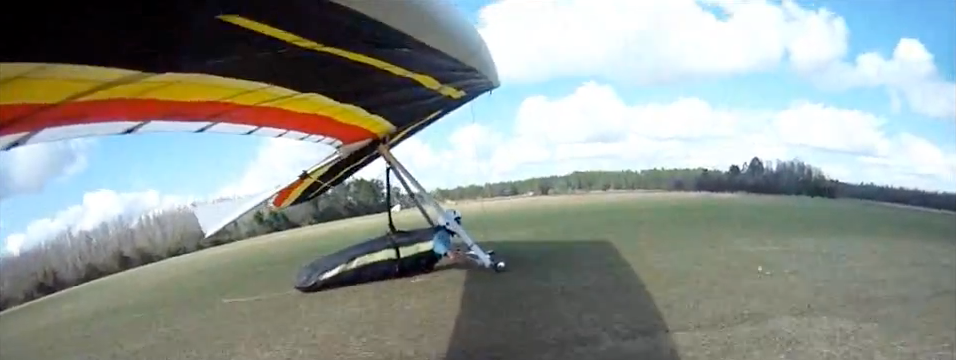Mea Culpa! H@ Syndrome strikes!
Try to let the shift key back up after typing the "H" next time.Cyndia Klein - 2013/10/12 17:37:50 UTC
Mea Culpa! H@ Syndrome strikes!
No you didn't. You broke it on Friday September 27th.On Friday September 25th, I broke my left arm up at Big Sur.
Don't worry about it. Nine days after you ate it a topless overshot the Kagel primary and broke HIS humerus as a consequence of trying to do a standup landing - and, of course, not having wheels. (You had wheels, right?)Fortunately, it was just a comminuted fracture of the left humerus which reduced pretty nicely on its own so I do not need surgery, however I won't be flying for awhile.
Greblo, I presume.Prior to going to Big Sur, I asked Joe...
Come in fast and just a bit uncomfortably low over the last downwind obstruction. KISS....if I could fly if the conditions were good ie: no clouds, reasonable winds etc; since I have flown the site before and had up-to-now showed better sense, he agreed.
On Thursday, Richard showed me the secondary LZ which had been freshly mowed and looked like a landable place to me. We discussed the different approaches, where I should be to make sure I would make it safely with enough altitude, where I should stage, where my numbers should be, etc.
Fuck your numbers. Buzz the last treetop as you're coming into the field.Friday morning, Hungary Joe and Caitlin arrived and I went over my plan with him as well, got a different perspective on the site but agreement on my flight plan.
My launch was ok and I got out over the ridge with a lot of altitude and felt very comfortable with my plan. The other pilots all found lift and were above me. Initially I thought to land in the primary LZ and so informed Richard, but I had a lot of altitude and so decided for the secondary. I did not realize that when I mentioned I would just land in the bigger field, Richard relaxed so when I changed my mind it was too late for him to land ahead of me to check conditions.
As I came over the field, I had a lot of altitude and found my numbers.
Your problems started on your first day of training - with a bunch of assholes who haven't heard about the invention of the wheel yet.The wind was blowing about sixty degrees cross to my runway at, I estimate, six to eight mph.
My problems started when I began my 360s.
Did you lose sight of what it was you needed to clear?The rotor or gradient really tossed me around and I got scared and thought the best thing to do was get down. If I would have instead turned to downwind and extended that and my base, I would have at least been on the right path with some room. Instead I lost sight of my numbers...
Sounds like the obstruction wasn't all that formidable....and rounded out in the middle of the field instead of twenty feet from the start of the field as we had planned.
Read: slowed down.Plus instead of heading into the wind I was going almost precisely ninety cross to it. I rounded out...
Of course that was your plan. You've been practicing full flare no-steppers every landing of your career for that very moment....high because I was headed for some tall weeds with my plan to flare hard and parachute down into them.
No shit.Regretfully that did not happen.
What would've happened if you had just stayed prone with your hands on the basetube?Instead of staying loose, I grabbed on tight pushing out without bringing my hands up. When my feet reached the ground, the weeds stopped me and the glider pitching its nose forward and catapulting me through the control frame.
How was this a Hang Anything Syndrome?I immediately radioed Richard that I was ok, but my arm was broken. Richard landed, some touring Australians took care of me while Richard got Steve. I was bundled into the car to go into San Luis Obispo with the certainty I would be back in time for s'mores! (I have never broken a bone before, silly me!)
I had heard of H2 Syndrome but felt that as cautious as I was, I would be exempt. Clearly that was not the case.
BULLSHIT.I am sure that if Joe thought I would even contemplate it, he would have said no flying until he was there. Richard has apologized to me numerous times but it was not his fault; I truly believed I could handle the secondary site and it was entirely my decision to land there.
It was Joe Greblo's fault.Cyndia Zumpft Klein - 89169 - H2 - 2010/05/01 - Andrew Beem - FL
BULLSHIT.The HG gods definitely whacked me for being over-confident...
- You weren't trained how to do an approach.
- Your idiot school hard wired you for always coming in with your hands on the downtubes in arm break configuration so that you can safely land in tall weeds - which NOBODY can.
- There wasn't a trace of overconfidence associated with that crash.
Don't worry about it. You can get together with the topless and discuss techniques to perfect flare timing during your downtimes. Is this a great sport or what!...and are reminding me daily as I will be in a cast at least eight weeks.
1. Yeah, he'll help you get that flare timing perfected.Then I'll start upper body strength building until I can get back to the beach to work with Greg until he clears me to fly high again.
2. Greg:
- broke an arm blowing a standup landing attempt at the Manquin Happy Acres putting green
- was the one who cleared you to fly high the first time
Tell me why you're expecting better results.
3. This didn't have shit to do with flying high.
I can hardly wait.In the meantime, wind to your wings, I will be back.
Any great insights on how to do that?Fly Safe
Why is your daughter...
http://www.youtube.com/watch?v=VW8qZESnFvQ
...flying on the downtubes at the beginning and end of this bullshit video?
http://farm4.staticflickr.com/3859/14423696873_f1326e2320_o.png
